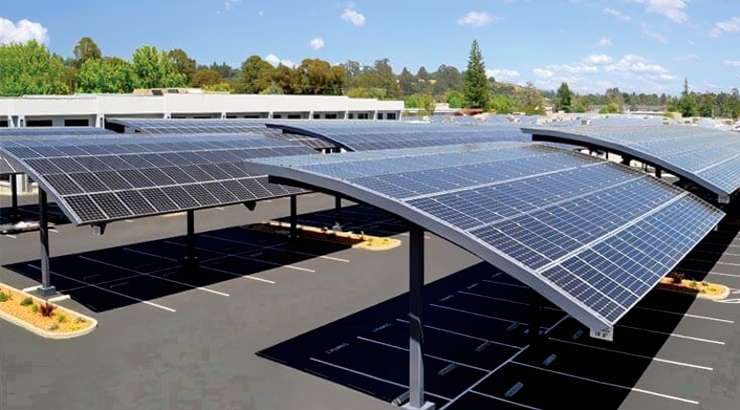Viewpoint
Power Surge: Kenya’s Solar Energy Market Is Booming
Solar offers a stable electricity output without power fluctuations.

The use of solar lighting in Kenya has grown exponentially over the past few years, with over 100,000 solar lighting systems having been installed in Kenyan homes.
This is because solar energy is cheap and reliable compared to electricity and the fact that Kenya enjoys many hours of sunshine annually due to its location on the equator.
Additionally, solar lighting systems are easy to use and require little maintenance owing to the lack of moving parts.
The growth in the use of solar lighting in Kenya has also been fuelled by the fact that solar offers a stable electricity output without power fluctuations.
This is except for the rainy seasons when there may not always be enough sunlight to operate the solar lighting systems.
To meet the demand for solar devices, especially among rural communities, various organisations have introduced a variety of solar lighting solutions over the past few years.
Solar World (EA) has, for example, launched solar kits that provide adequate power for lighting, operating music systems, and changing mobile phones.
The kits are sold for about Sh3,000.
Another private company Jua Moto System has introduced solar-powered water heaters and cookers – to the joy of many homeowners.
It is estimated that about 10,000 households already use solar cookers. The only disadvantage of these cookers is that they are quite slow, and it may take 50 minutes to heat two litres of water. This means food can take three hours or so to cook!
RELATED: Top Chinese Solar Firms Eye Kenya for Lucrative Deals
Last year, an organisation known as One Acre Fund offered solar lights to Kenyan farmers, where over 10,000 households opted in for the program after paying Sh1,700 for the solar lighting kit.
A year later, the organisation says the farmers saved an average of Sh52 a week in kerosene for lamps, phone charging costs, and torch batteries.
In addition to the savings, the farmers earned about Sh7 a week from neighbours who paid to charge their mobile phones using the solar lighting kits.
This means that in a year a farmer saved and earned Sh3,068, thereby recovering the cost of the solar kit and making Sh1,368 in income.
Going by the above statistics, we can correctly say that the future of solar lighting in Kenya is sunny. However, the government should come up with mechanisms to ensure that solar lighting systems are affordable to more Kenyans.














